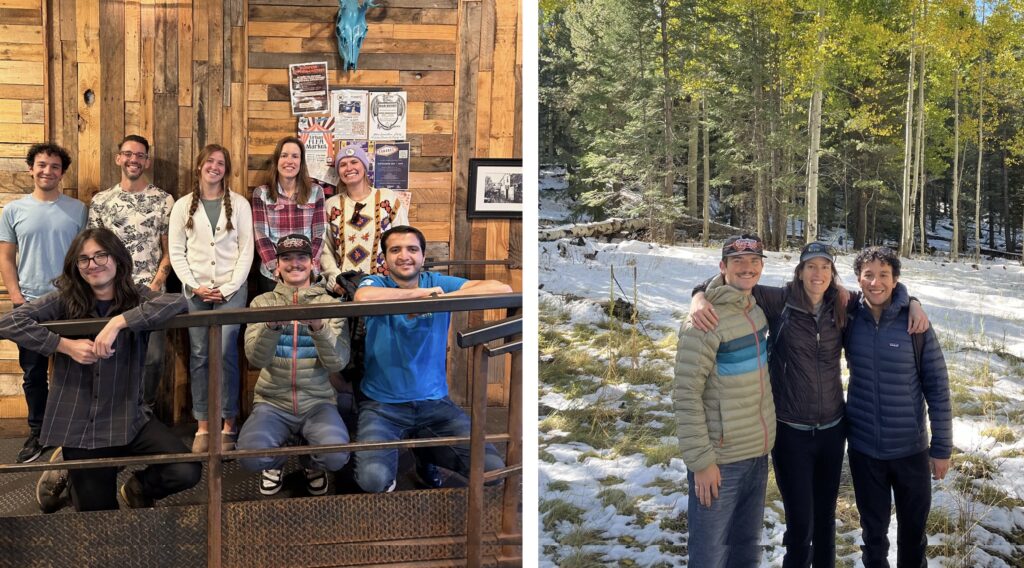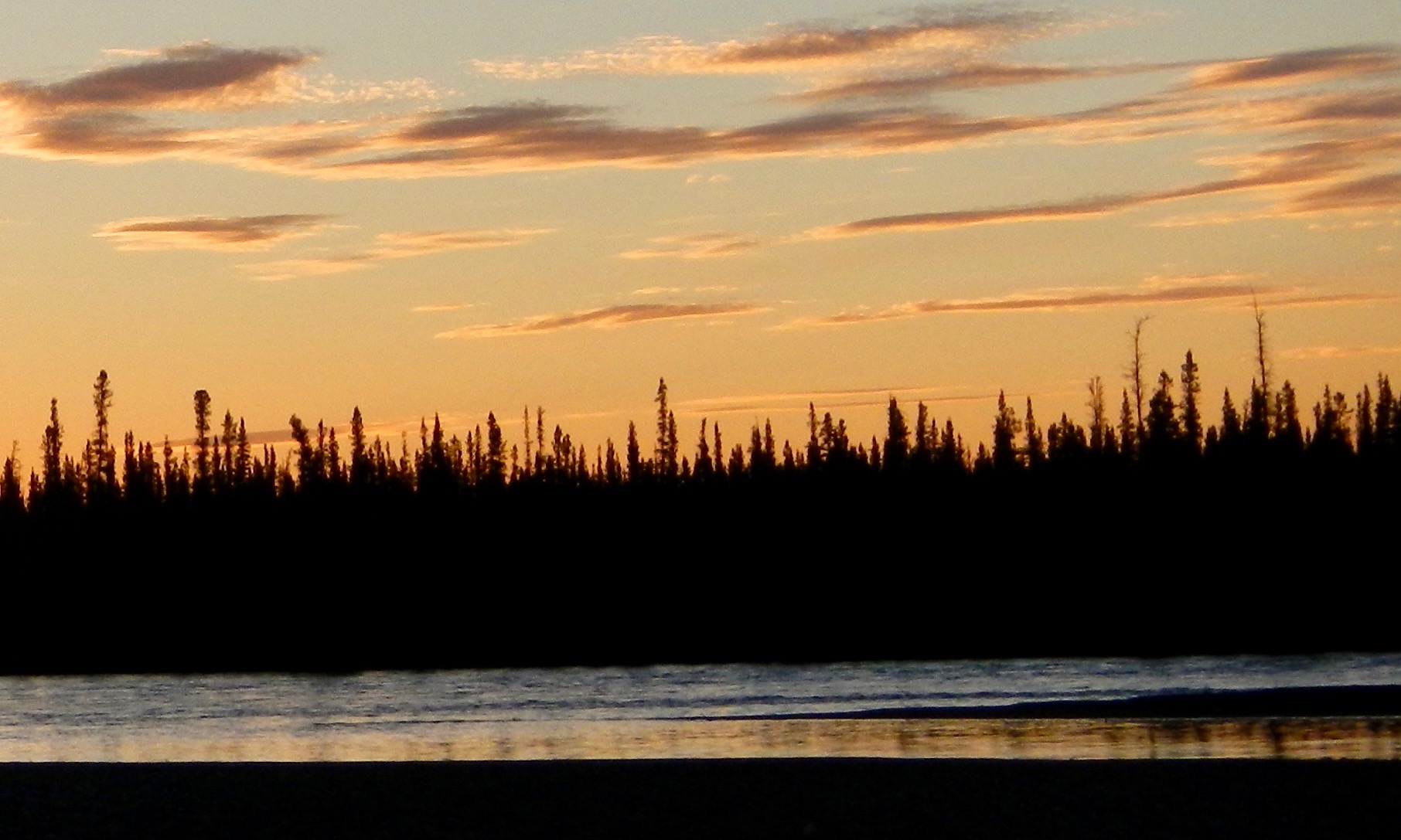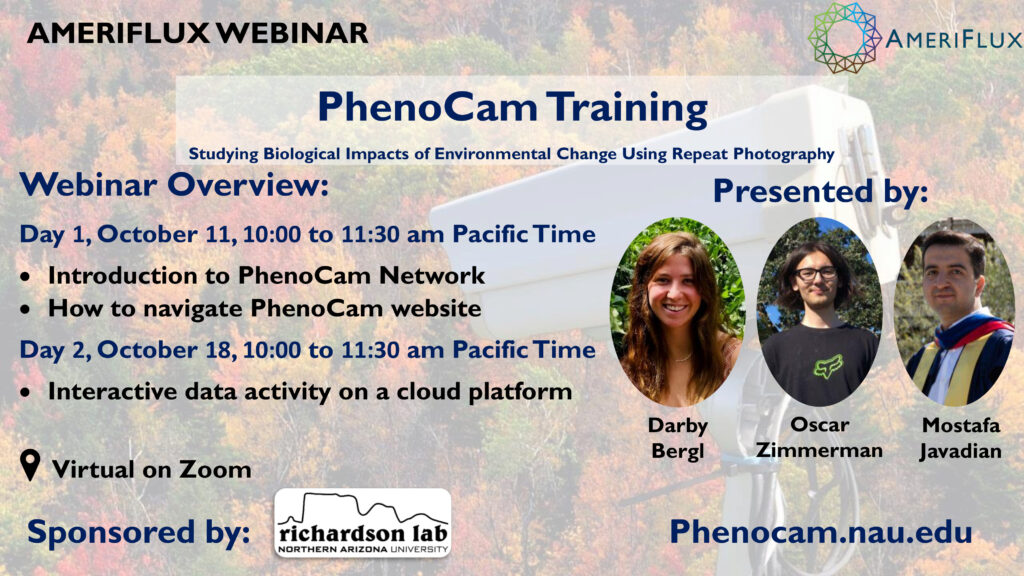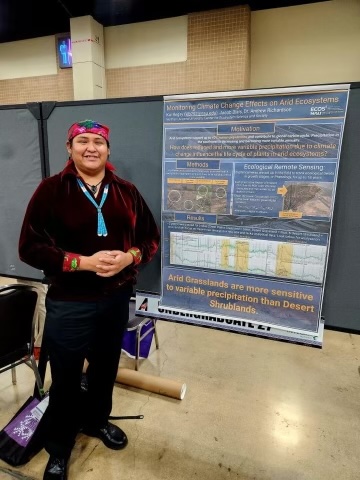This week for the ever-popular Ecoinformatics Seminar Series, we had an in-person visit from Dr. Renée Brown from the University of New Mexico’s Department of Biology. Renée is also involved with the National Science Foundation’s McMurdo Dry Valleys Long-Term Ecological Research Program. Renée’s talk gave an overview of her research on the effects of global change on dryland ecosystems ranging from the Chihuahuan Desert to Antarctica (which is, in fact, the world’s largest desert). She also discussed her career trajectory and provided insights into the importance of sensor networks for studying ecological processes across spatial and temporal scales.
Aside from her seminar talk, many folks in the lab and across ECOSS met with Renée over the course of her visit to chat about science and life. Her visit concluded with a lively happy hour on Monday evening, and a snowy stroll through the aspens before she headed home on Tuesday afternoon. Thank you, Renée, for the wonderful visit!




